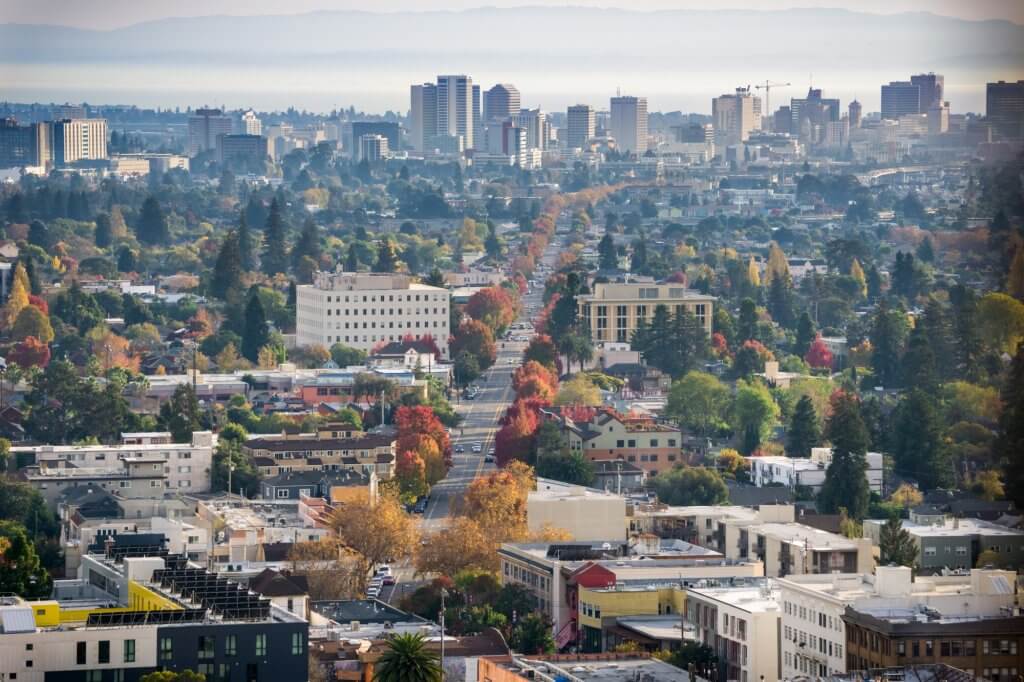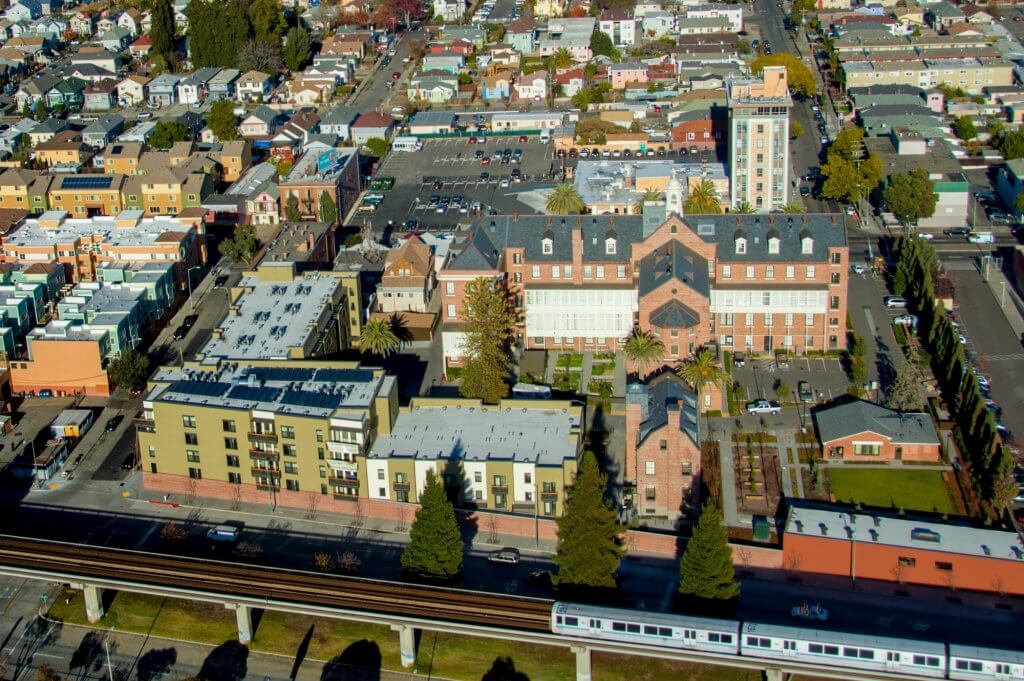No Place Like Zone: Two Ways California Policymakers Can Encourage Housing Affordability Through the Opportunity Zone Program
Published On June 6, 2019
Ever since the federal government launched the Opportunity Zone (OZ) program, many questions about the potential benefits and drawbacks have been raised. The program has been touted as a potential game changer for economic development in distressed communities, and has enjoyed bipartisan support. But at the same time, the relative ambiguity of the program’s requirements and its broad applicability have left many to wonder if Opportunity Zones will actually lift up the communities it was billed as serving, or mostly prove to be a windfall to investors. As some critiques of this new program have noted, without specific guidelines that push investment to low- and middle-income housing, there is little in the way of protection for existing residents of Opportunity Zones.
In January 2019, California Governor Gavin Newsom proposed addressing some of these questions by tying an additional incentive to Opportunity Zone projects that adhere to broader state goals. Specifically, the Governor declared during his January budget release his intention to offer California tax “conformity” to Opportunity Zone investments (i.e. provide relief from California capital gains taxes in line with the Opportunity Zone program’s structure) in “affordable housing and green tech” projects. Since then, language has been released through the budgetary process that expands upon the Governor’s proposal.
Broadly speaking, tying California capital gains relief to projects that align with the Governor’s stated housing goals could be a significant step towards ensuring that investments provide tangible benefit to Opportunity Zone areas while also boosting new housing overall. Right now, California does not have a mechanism to track or influence how Opportunity Zone investors will decide to deploy their capital. Without any action on the part of the state, federal guidelines allow investments for development as varied as shopping centers, movie theaters, or logistics centers, and the state of California has no mechanism to influence the nature of these investments. By tying California capital gains conformity to specific types of projects and metrics, the state can encourage investments that result in net positive results for their communities.
As currently drafted, however, California’s Opportunity Zone conformity language largely misses the mark. The narrow applicability of the budget language around housing will likely not influence investment decisions on new housing, and misses a crucial opportunity to steer capital towards businesses that are innovating on housing solutions broadly. Instead, the state’s language should be widened to steer investment to housing projects that are attainable to California’s middle-class.
California should offer conforming capital gains incentives to investments in middle-class housing in addition to more traditional forms of affordable housing.
As currently drafted, California conformity would apply only to investments in projects providing housing that is restricted, on average, to residents making 60 percent of Area Median Income. (AMI).(1) While providing more incentives to affordable housing at these levels is a worthwhile goal, the structure of Opportunity Zone Funds is such that most affordable housing projects are unlikely to leverage such funds. These projects require significant subsidy through the Low Income Housing Tax Credit program (LIHTC), and as such, equity investments – as would be made by Opportunity Zone Funds – play a very limited role in building these projects. Because of this dynamic, limiting conformity to projects that serve 60 percent AMI and below will most likely have limited impact on the construction of traditional affordable housing.
To that end, conformity should also be offered to investments made in middle-income housing, such as for residents making between 80 percent to 120 percent of AMI, or even up to 150 percent in high-cost regions. This level of affordability serves individuals and families that earn too much to qualify for subsidized units, but struggle to compete for new and costly market-rate housing. The vast majority of existing California programs focus on low-income households, such as the LIHTC program mentioned above or the Multifamily Housing Program. These programs are critical in providing housing to those at the deepest levels of poverty. However, above these income levels, there is relatively little subsidy available to produce housing at levels affordable between 80 and 120 percent of AMI which the private market struggles to create given the high cost to build new homes. This imbalance has created a “barbell effect” where only two types of housing are created in California: deed-restricted, affordable units, and units that are attainable to only those with high incomes. Offering Opportunity Zone conformity to middle-income projects could begin to correct this imbalance by driving investments in housing that is affordable to nurses, firefighters, teachers, and others who may earn too much to qualify for a subsidized unit but still too little to afford housing in costly markets.
A California conformity incentive tied to moderate levels of affordability could lead to meaningful amounts of new, attainable homes without any allocation of existing public resources. Given the Governor’s stated goal of constructing 3.5 million more homes, the alignment of Opportunity Zone investments could prove to be integral in reaching this milestone.
California should provide incentives to opportunity zone investments that target innovations in housing construction.
California’s leaders should also think more broadly about how to use Opportunity Zone capital to support industrial innovations, specifically for off-site, modular construction. As our previous work has highlighted, modular construction can increase housing supply and expand affordability by saving on both material costs and building time. In California, several modular housing companies have emerged, ranging in focus from prefabricated Accessory Dwelling Units to mid-rise apartments to high-rises. A handful of these companies are already actively building new units, and are already located within designated Opportunity Zones.
As the fledgling modular housing industry continues to take root in California, the ability to attract patient capital is key. While most venture capital prefers to place their money in easily scalable opportunities, modular factories are at a disadvantage as they require significant amounts of capital upfront to outfit their operation, and returns are not realized until further down the line. Opportunity Zone capital, on the other hand, may be well positioned to fill this gap given the ten year horizon required to take full advantage of the tax benefits. As with green technology companies, granting state conformity for the types of investments that prioritize innovation in housing construction would provide a strong avenue for these nascent companies to attract the capital necessary to build successful models.
California’s leaders should not miss the chance to calibrate the state’s tax structure with this new, potentially powerful tool. As detailed above, Opportunity Zone investments could prove to be useful in reaching some of our state’s broader housing goals, both through the creation of attainable, middle-income housing and the catalyzation of businesses that are on the cutting edge of housing affordability.
(1) Federal regulations allow LIHTC developments to provide housing affordable up to 80% AMI, however the project average must be 60% AMI overall.





